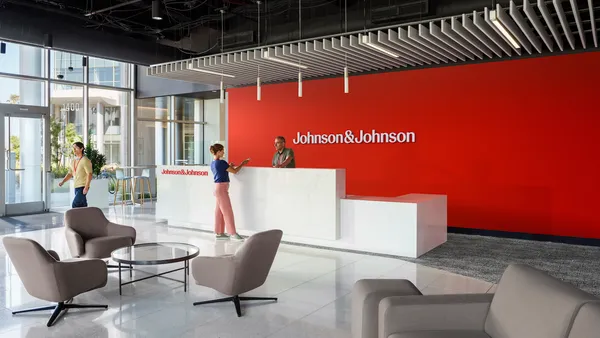Dive Brief:
- Caterpillar paid $70 million in tariffs in the second quarter of 2019, CFO Andrew Bonfield said on the company's Wednesday earnings call.
- The tariffs, along with a loss of incentives in Brazil and warranty expenses, led to a $328 million increase in manufacturing costs during the quarter.
- Bonfield reiterated Caterpillar's earlier estimate that it expects to pay $250 million to $350 million in tariffs for the year.
Dive Insight:
The steel and aluminum tariffs imposed in 2018 had a significant effect on Caterpillar, with Bonfield last year citing material costs up 2% due to higher steel prices, but the effects appear to be stabilizing now.
"It's now been a year since tariffs were implemented, and input prices are moderating," Bonfield said Wednesday on the call.
Soon after the tariffs took effect, the OEM began focusing on price realization, meaning it increased prices to maintain desirable margins. "Price realization more than covered higher manufacturing cost this quarter, an improvement versus Q1," Bonfield said. "We also continue to expect price realization to fully cover higher manufacturing cost for the full year."
Caterpillar has used cost-cutting measures in its manufacturing as well, according to Reuters. It redesigned machines to produce them with 20% fewer parts and reduced overall manufacturing costs of each product by at least 5%, a Caterpillar executive told Reuters.
The OEM is often considered an economic bellwether, and financial results — good or bad — can move markets. Although sales, revenues and operating profits rose in Q2, the earnings results were weaker than expected and triggered a slight downturn on the Dow Jones Industrial Average and S&P 500.
On the call, Caterpillar CEO Jim Umpleby said some of its customers have been cautious about making large capital expenditures. John Deere reported similar uncertainty in demand forecasting on its February earnings call, noting the wild card is the U.S.-China trade war.
This all comes amid a slowdown in manufacturing growth. The June Purchasing Managers Index, while still above 50%, indicating expansion, reached 51.7%, its lowest point since October 2016. The International Monetary Fund recently cut its global growth forecast, pointing to global trade tensions as one of the main factors.














